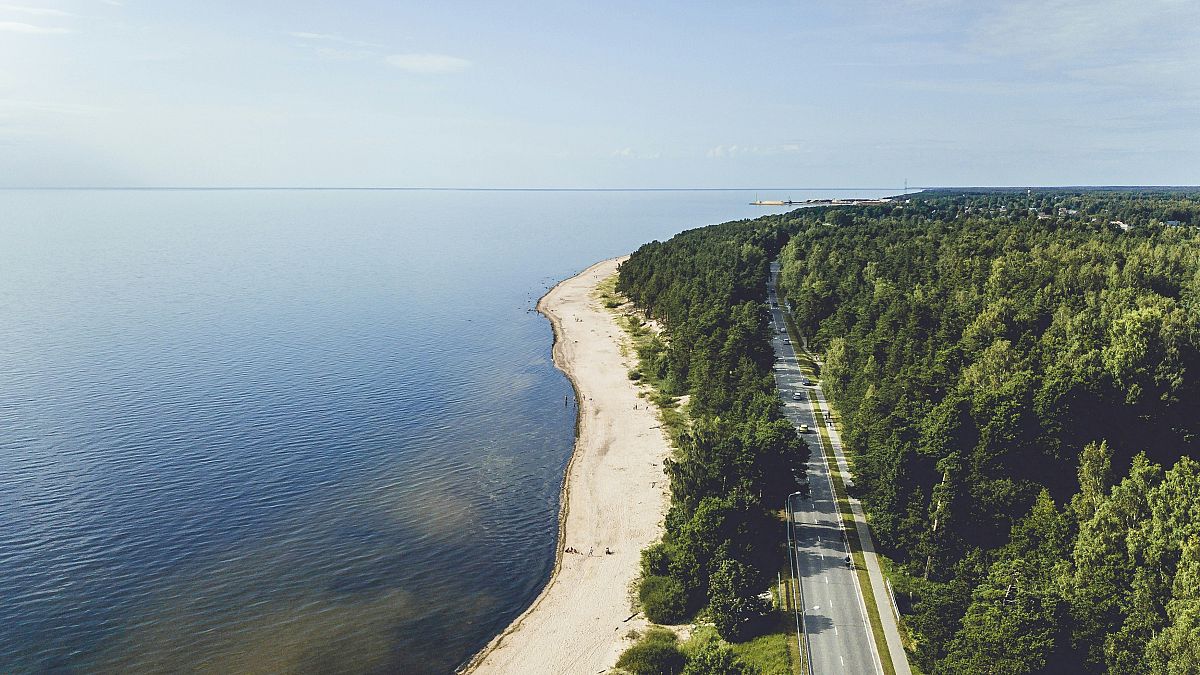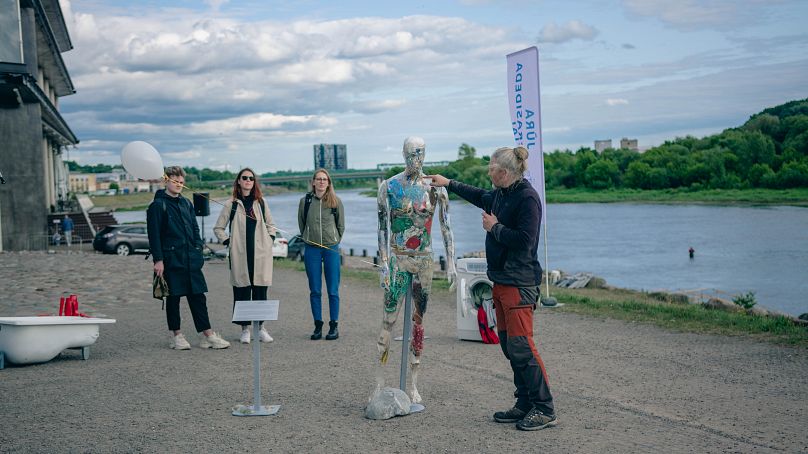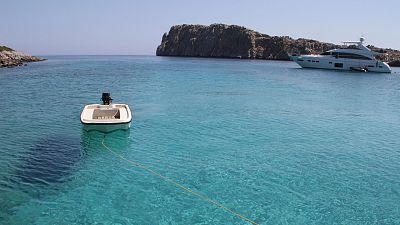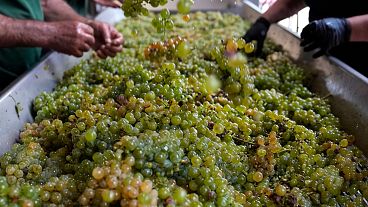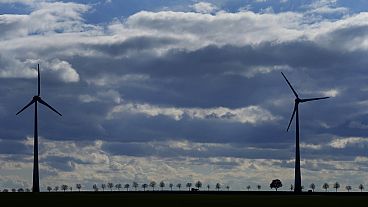The Baltic Sea is one of the five most polluted seas in the world.
A team of scientists, activists and volunteers from Lithuania is planning to walk nearly 5,500 kilometres as part of an environmental campaign.
The stunt aims to raise public awareness of the ‘critical state’ of the Baltic Sea - one of the most polluted seas in the world.
On 11 March, the team will embark on a 250-day hike around the entirety of the Baltic Sea.
The goal of the project is to encourage governments, organisations and individuals to take action to preserve the sea and restore its marine ecosystems before it is too late.
Environmentalists to hike entirety of Baltic Sea
The team of environmentalists will walk through eight countries over 250 days to spur action that “must be taken to preserve and restore marine ecosystems” of the Baltic Sea.
The waterbody is one of the five most polluted seas in the world, as a result of business and agricultural practices as well as individual actions.
Efforts to clean up the Baltic Sea and prevent overfishing have increased over the last few decades through initiatives led by the EU and many of the sea's nine surrounding countries.
But the expedition group says citizen-led efforts are also key to raising public awareness about the problems facing the Baltic.
The ‘Save the Baltic’ odyssey will begin on 11 March 2024 and see a group of scientists, activists, government representatives, and volunteers hike a total distance of 5,469 km.
How will the expedition drive conservation efforts?
During the expedition, there will be educational events open to the public such as living labs, discussions, lectures and meetings, in collaboration with local organisations and scientists.
People are also invited to join the expedition for the whole hike, several sections, or just for a day.
The expedition's goal is to “inform the public about the state of water ecosystems, raise awareness about human impact on nature and introduce ways to halt the decline in marine biodiversity.”
“We want the ‘Save the Baltic’ expedition to bring people closer to the sea,” says expedition leader Giedrius Bučas.
“‘Save the Baltic’ is serving a unique mission to foster the culture of marine conservation, to educate the public about the impact of human activity on the sea, and to inspire people to adopt more environmentally friendly habits.”
To help fund these activities, as well as support the expedition team members and post-expedition marine conservation efforts, ‘Save the Baltic’ has launched a crowdfunding campaign.
Bučas describes the fundraiser as an opportunity to gauge how much the issue matters to people.
“This expedition is not a business, nor a European Union project, but my personal idea in which I have absolute faith and to which I spare no resources of mine,” says Bučas.
“Many people have already put their faith into the project, and now we need even more supporting and trusting individuals willing to invest in the efforts for a cleaner sea. Only by coming together can we succeed.”
The Baltic Sea is facing ‘pressure from multiple factors’
According to marine biologist Laura Stukonytė, scientists have been sounding the alarm about the state of the Baltic Sea and its future for some time now.
The limited connection of the Baltic Sea with the ocean leads to extremely slow water renewal, meaning pollution remains trapped for a long time, gradually poisoning its ecosystems.
“The Baltic Sea is under pressure from multiple factors - climate change, intense fishing, as well as pollution that is still difficult to control,” says Stukonytė.
“One of the main ‘diseases’ of the Baltic Sea is eutrophication caused by excess nitrogen and phosphorus, which leads to the formation of huge dead zones where sea life lacks oxygen.”
Sewage from inland unsustainable agriculture and inadequately treated factory and household wastewater also contaminates the sea with harmful pollutants.
“Aquatic organisms today suffer from reduced oxygen levels caused by eutrophication as well as from pharmaceuticals, pesticides, and microplastic particles that reach the water,” Stukonytė adds.
The countries of the intergovernmental Helsinki Commission (HELCOM), in collaboration with scientists from Baltic Sea countries, have developed an action plan for the Baltic Sea region.
This plan details all the actions that countries must commit to in order to significantly improve the condition of the Baltic Sea. Although the dire situation is still rectifiable, the results depend on whether real actions will be taken in time.
According to data presented by HELCOM in 2022, a large part of the planned actions are still pending. Among them is public education on topics related to sea-friendly behaviour.
“The ‘Save the Baltic’ expedition and the campaign surrounding it aim to accelerate these actions,” Bučas says, “to improve the conditions of the sea itself and benefit all of those who find solace and joy in its presence.”
